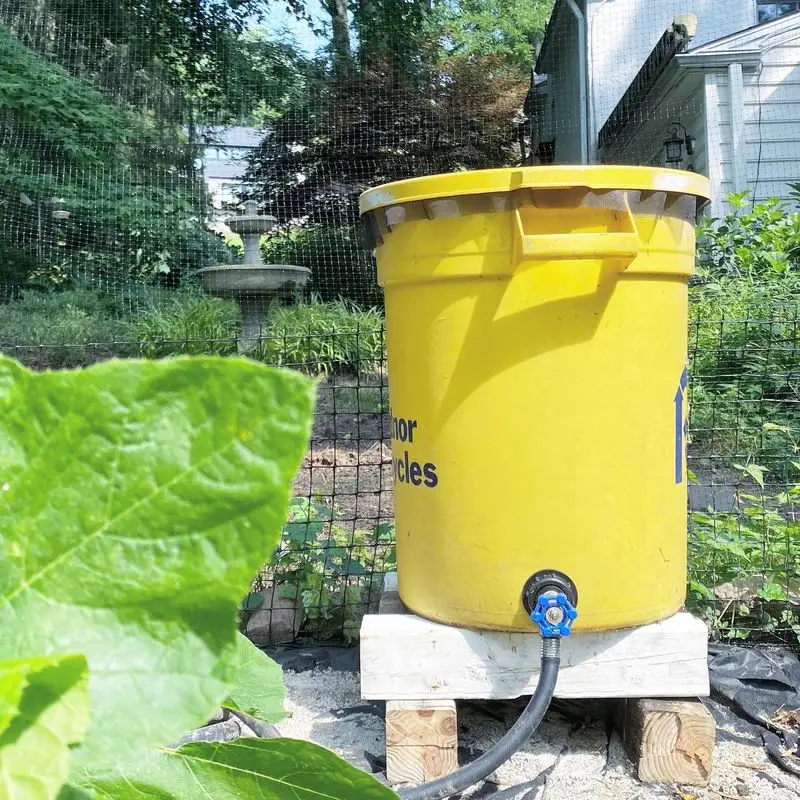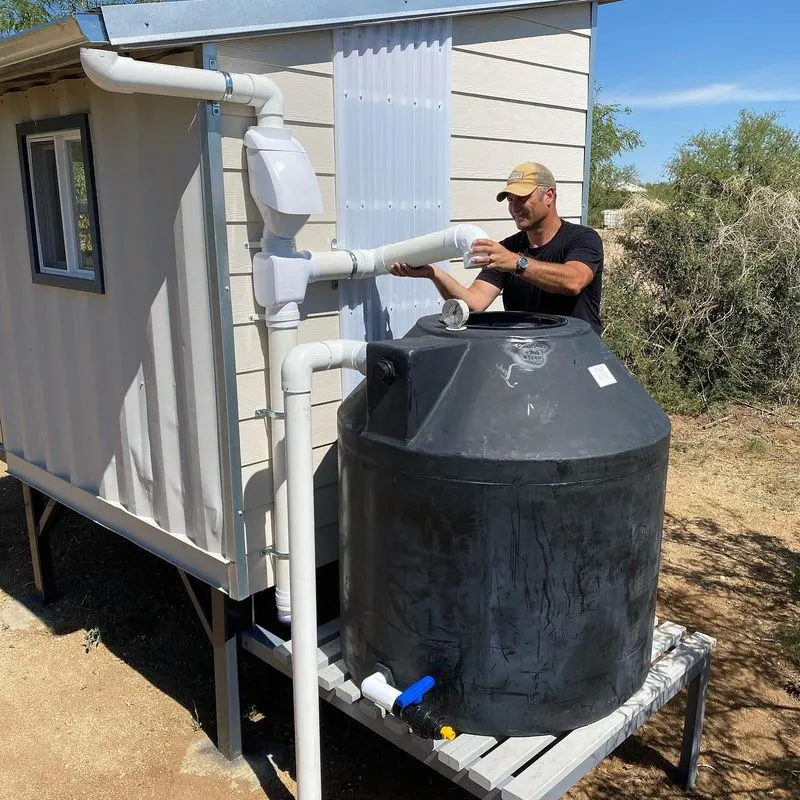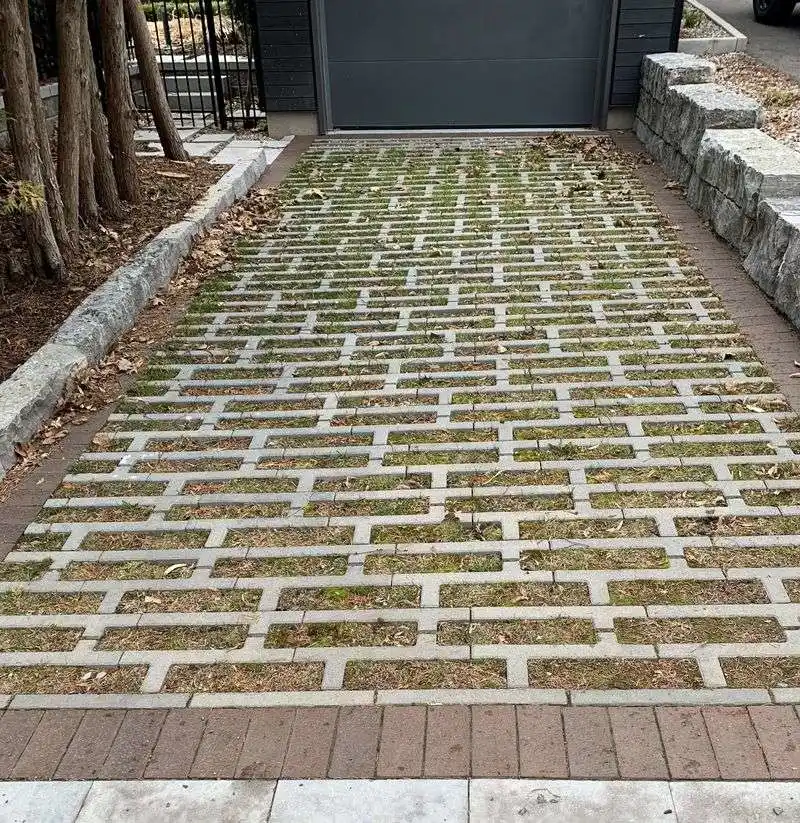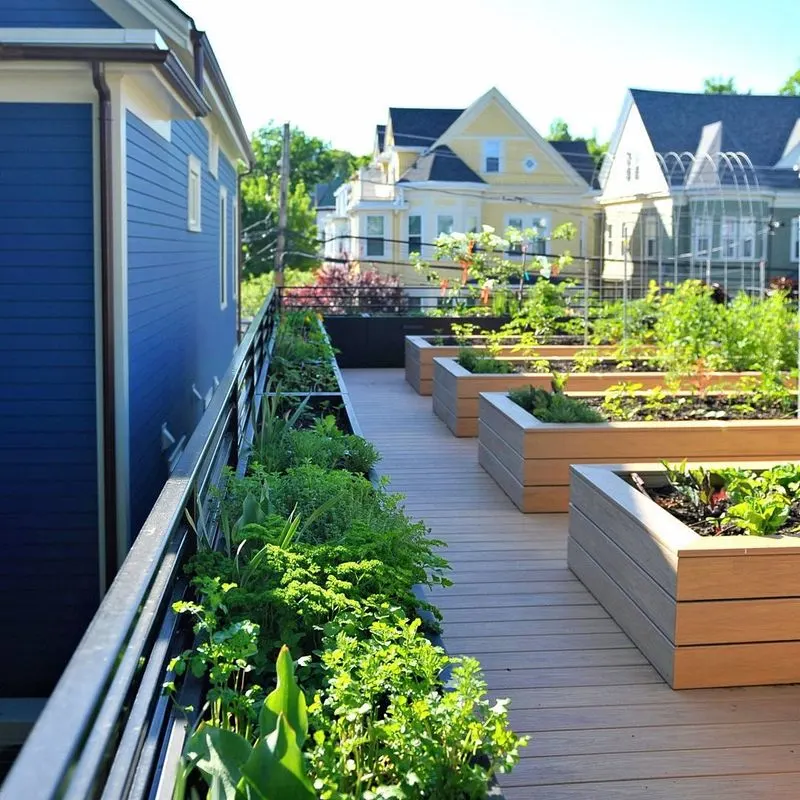Why let precious rainwater go to waste when it can supercharge your garden? Harvesting rainwater is one of the simplest, most sustainable ways to boost plant growth while reducing your reliance on tap water.
By capturing and storing rain in barrels, tanks, or underground systems, you provide your plants with pure, chlorine-free moisture that supports healthier roots and richer soil life. Plus, rainwater harvesting helps conserve resources and builds garden resilience during dry spells.
In this article, learn how to harvest rainwater to boost plant growth—and discover easy ways to make every drop count in your garden.
Rain Barrels

Imagine capturing rainfall right from your rooftop. Rain barrels, strategically placed under gutters, provide an efficient way to collect water. Typically made of plastic or wood, they fit seamlessly into home exteriors. These barrels can store significant water volumes, ensuring your plants stay hydrated during dry spells. Installing a mesh screen on top keeps debris out, while a spigot at the bottom facilitates easy watering. Rain barrels are an affordable yet effective solution for any gardener looking to make a positive environmental impact. They transform simple rainwater into a valuable resource, enhancing the vitality of your garden.
DIY Rainwater Collection System

Creating a DIY rainwater collection system doesn’t require advanced skills. Using plastic sheeting and large containers, you can design a simple setup. The idea is to channel rainwater directly into storage for later use. This method is especially useful in areas with limited rainfall. A sloped design ensures effective water flow into the containers. Maintenance involves regular checks for leaks or blockages. By investing a bit of time and effort, gardeners can craft a highly functional system. This not only saves on water bills but also supports a more sustainable gardening practice.
Rain Chains

Rain chains serve as both functional and aesthetic elements in a garden. Originating from Japan, these chains guide rainwater from gutters to the ground, often into a basin or planter. The gentle trickle creates a serene, soothing sound. Unlike traditional downspouts, rain chains add charm to your home. They’re available in various designs, crafted from copper or stainless steel. Installing them is straightforward; they simply replace existing downspouts. As water cascades down, it nourishes plants directly. This delightful method not only captures rainwater but also enhances garden ambiance.
Permeable Paving

Permeable paving transforms pathways into essential parts of rainwater management. These specially designed pavers allow water to pass through, reducing runoff and directing it to plant roots instead. It’s an eco-friendly solution for those who wish to conserve water while maintaining attractive outdoor spaces. The pavers come in various styles and materials, making them versatile for garden aesthetics. Easy to install, they integrate seamlessly with existing landscapes. By choosing permeable paving, gardeners can ensure that every drop of rain is utilized effectively, contributing to a healthier garden ecosystem.
Green Roofs

Imagine a garden atop your home, capturing rain before it hits the ground. Green roofs, layered with vegetation, absorb rainfall efficiently. This setup not only provides insulation but also supports diverse plant life. By reducing runoff, green roofs help manage stormwater effectively. They offer an innovative solution for urban gardeners, transforming unused spaces into thriving ecosystems. Maintenance involves regular plant care and occasional structural checks. Green roofs enhance biodiversity and improve air quality, making them a forward-thinking choice for sustainable living. They demonstrate how architecture and nature can coexist harmoniously.
Swales

Swales are shallow ditches designed to manage water runoff. Positioned along the contour of the land, they effectively capture and redirect rainwater. This method ensures that water is evenly dispersed across the garden, reducing erosion and promoting healthy plant growth. Swales can be integrated into existing landscapes without major alterations. Their natural appearance blends seamlessly with garden aesthetics. By using swales, gardeners can harness rainwater efficiently, supporting a self-sustaining environment. This age-old technique is gaining popularity among modern gardeners for its effectiveness and simplicity.
Rain Gardens

Rain gardens are beautifully designed to capture and absorb rainwater from roofs and driveways. Typically filled with native plants, these gardens thrive on rainwater, reducing the need for additional irrigation. Strategically placed in low-lying areas, they help manage stormwater and minimize runoff. Rain gardens enhance biodiversity by attracting pollinators like bees and butterflies. Their vibrant appearance adds visual interest to any landscape. Easy to maintain, they require occasional weeding and mulching. By creating a rain garden, homeowners can contribute to environmental conservation while enjoying a flourishing garden space.

